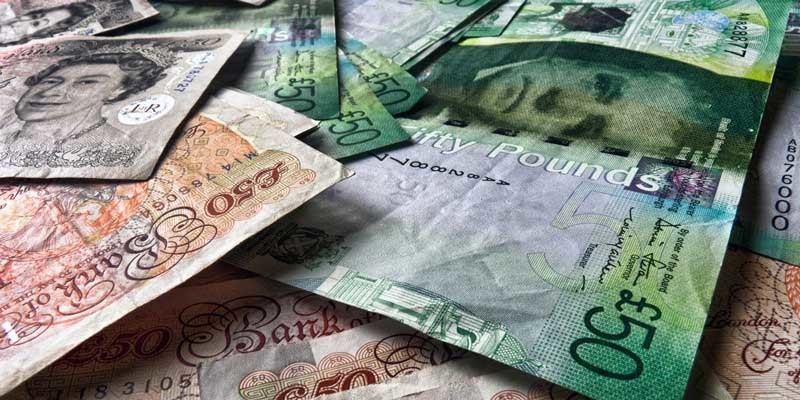Dundee City Council’s own employees owe more than half a million pounds in unpaid council tax, it has been revealed.
According to figures released under the Freedom of Information Act, council staff across Scotland have tax debts amounting to more than £10 million.
In Dundee, as of May 10 last year, 374 staff had arrears totalling £553,500.
However, according to the city council, the vast majority (81%) of these staff have an arrangement in place to pay back their debts.
Neither Fife nor Perth and Kinross councils have carried out matching exercises to determine how much members of staff owe in council tax arrears.
More than 24,000 people are in council tax arrears in Dundee, owing a combined total of more than £4 million, according to the council’s own figures.No amnestyCouncil leader Ken Guild has said there will be no “amnesty” regarding the debts held by 24,257 people.
The council was owed £4,008,843 in council tax at the end of the financial year 2009-10.
The highest debt accrued by a single person was £13,320.50, which has been accumulated over several years of non-payment.
Dundee City Council uses a variety of methods to recover outstanding sums from those defaulting on making payments.
These include using customer payment and debt arrangements, making deductions from benefits paid by the Department of Work and Pensions, arresting earnings and moving for an individual to be sequestrated in the most extreme cases.
